Reviewed by Julianne Ngirngir
Google's August 13 announcement is shaping up to be expensive. New pricing leaks reveal the full picture of what you'll pay for the Pixel 9 series, Pixel Watch 3, and other upcoming hardware—and the numbers aren't exactly budget-friendly. European pricing data shows the base Pixel 9 jumping to €899, a hefty €100 increase over last year's model. T-Mobile leaks confirm this pattern holds stateside, with the Pixel 9 Pro starting at $1,000 and the Pro XL hitting $1,200. Here's what these price hikes mean and whether Google's upgrades justify the premium.
Why everything costs $100 more this year
The across-the-board price increases aren't random—they reflect genuine hardware upgrades that address real user needs. Google is equipping the entire Pixel 9 series with more RAM, with the base model getting 12GB and Pro variants receiving 16GB. That's significantly more than Samsung's Galaxy S24, which starts with just 8GB. The reason is most likely for AI, as on-device processing requires substantial memory overhead.
This AI-focused memory boost enables several hardware upgrades that deliver immediate user benefits: ultrasonic fingerprint scanners for faster unlocking, brighter displays reaching 2,050 nits on Pro models that actually work in direct sunlight, and upgraded cameras including a 50MP ultrawide sensor replacing the previous 12MP unit. Google says $799 reflects the cost of its hardware updates, and the spec sheet backs that claim.
The Pixel Watch 3 pricing strategy makes sense
Unlike the phones, Google's smartwatch pricing feels more reasonable. The 41mm Pixel Watch 3 maintains the same $349 starting price as previous generations, while the new 45mm version costs $399—just a $50 premium for the larger display and 420mAh battery upgrade. LTE adds $100 to either version, matching Apple's pricing strategy precisely.
This competitive pricing becomes compelling when you examine the meaningful upgrades Google's delivering: 2,000-nit peak brightness that doubles the previous generation's visibility, advanced running metrics for serious fitness tracking, and 20% faster charging for the smaller model. These features justify the size premium while keeping Google competitive with the Pixel Watch 2 now selling for $249 if you want proven performance at a lower price.
Here's the uncomfortable truth about positioning
Google's pricing puts the Pixel 9 in an awkward spot that complicates purchase decisions. At $799, it's just $200 less than the Pro but costs $300 more than the Pixel 8a, which starts at $499. The Pixel 8 launched at $699 and receives regular discounts, plus it has six more years of software support remaining.
The manufacturing costs reveal why this positioning matters strategically: Google's Pixel 9 Pro costs roughly $406 to produce, significantly less than the iPhone 16 Pro's $568 bill of materials. Key components include $80 for the Tensor G4 chip, $75 for the Samsung display, and $61 for camera parts. With production costs of just $406, Google clearly has pricing flexibility—yet they're choosing margins over market expansion in a segment where they hold less than 9% share.
What this means for your buying decision
Given these higher prices but meaningful hardware improvements, your buying strategy should focus on timing and individual priorities rather than avoiding the series entirely. If you need a phone now, the Pixel 8 remains a strong choice with years of updates ahead and frequent sales. Major discounts typically appear during Black Friday and when new models launch—patterns that should continue this year.
For early adopters, the Pixel 9 Pro at $1,000 offers compelling hardware, though industry pricing analysis suggests waiting for promotions if you're not in a rush. The Pixel Watch 3's pricing feels fair given the feature set, especially if you've been waiting for a larger display option that matches your wrist size and usage needs.
PRO TIP: Carriers like Verizon and T-Mobile often offer up to $800 off with trade-ins or new lines—significantly better than paying full retail.
The bigger picture on Google's strategy
These price increases signal Google's push toward premium positioning, but they come with strategic risks given their market position. Pixel phones held less than 9% global market share in Q1 2024, and higher prices could limit growth when competing against Samsung and Apple's combined 52.2% market dominance. The A-series has climbed from $399 with the Pixel 3a to $499 for the current 8a—a trend that mirrors the mainline increases across Google's entire portfolio.
Google's betting that AI features like satellite connectivity, advanced camera capabilities, and Tensor G4 performance will differentiate Pixel phones enough to justify premium pricing in a market where they need every advantage to gain share. Whether that strategy succeeds depends on consumers valuing cutting-edge AI integration over the proven performance and aggressive pricing that helped establish the Pixel brand.




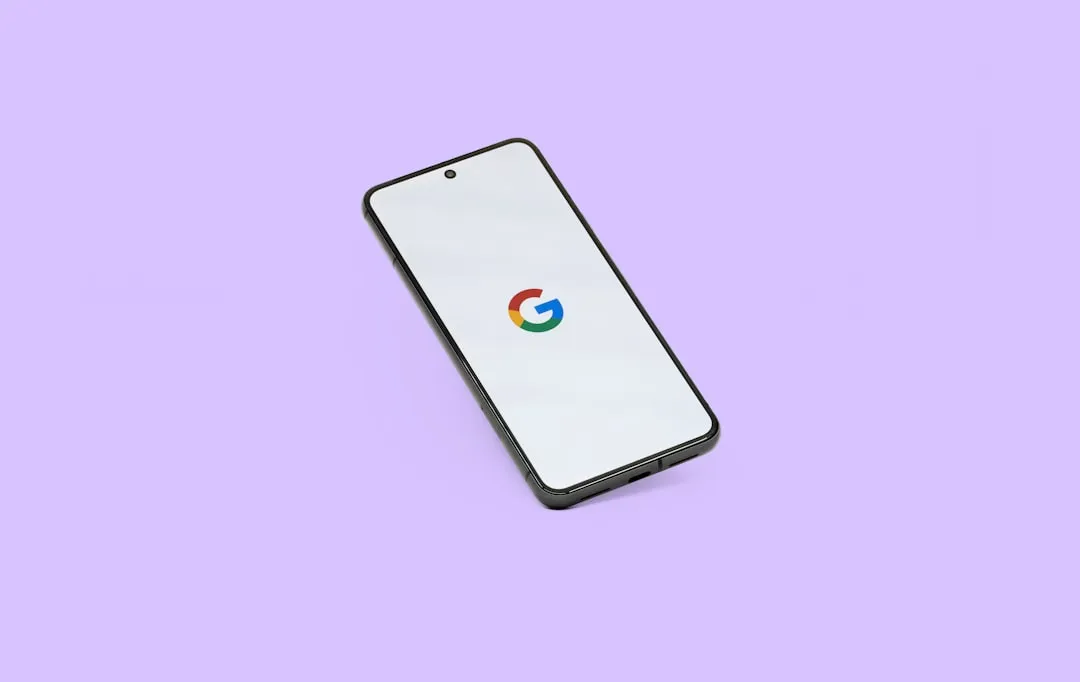


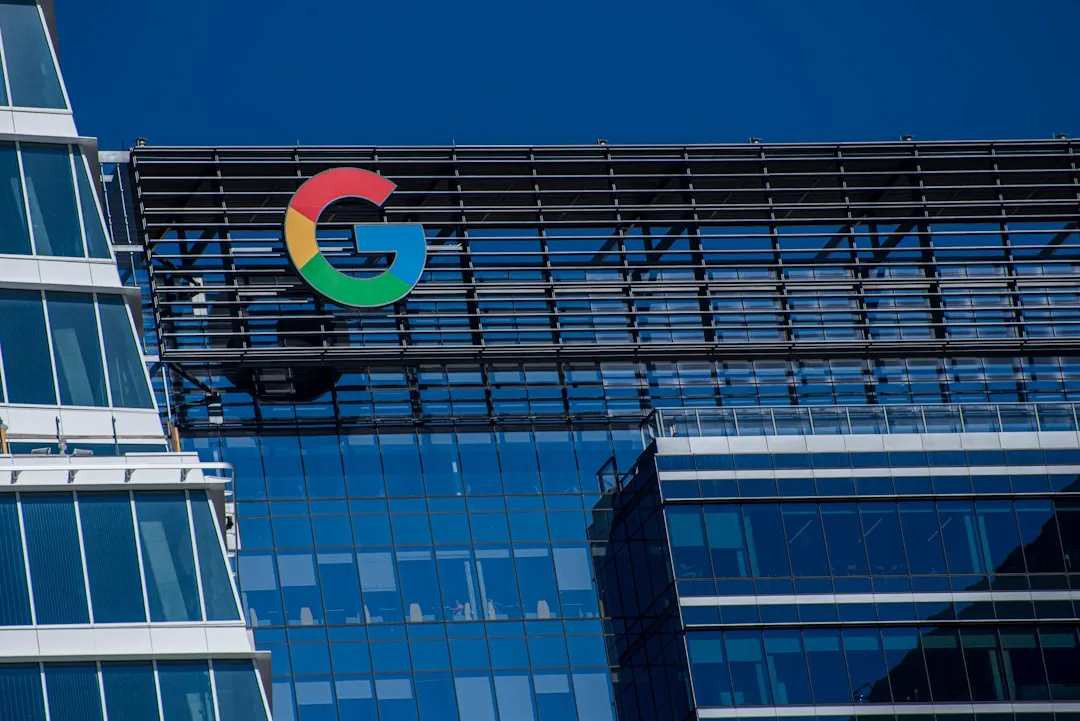
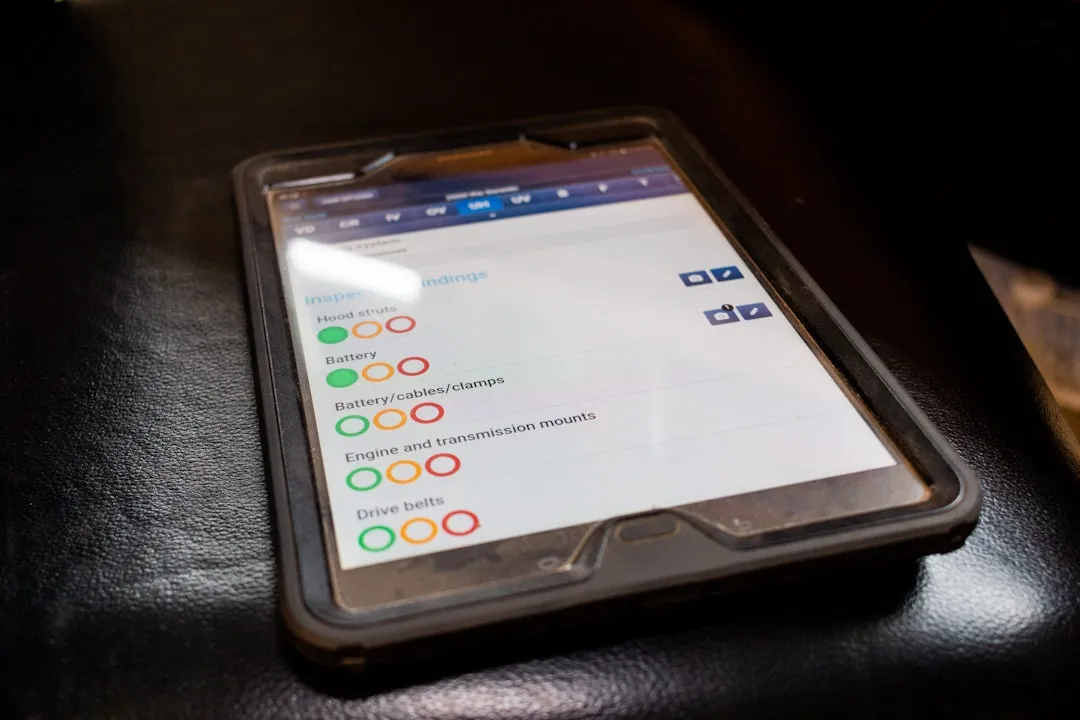







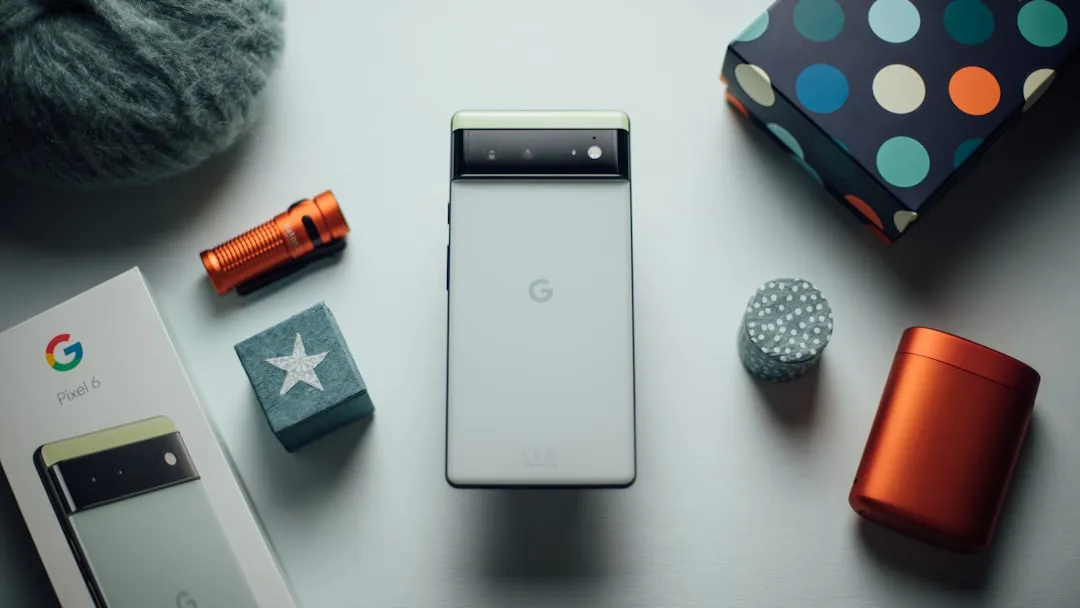

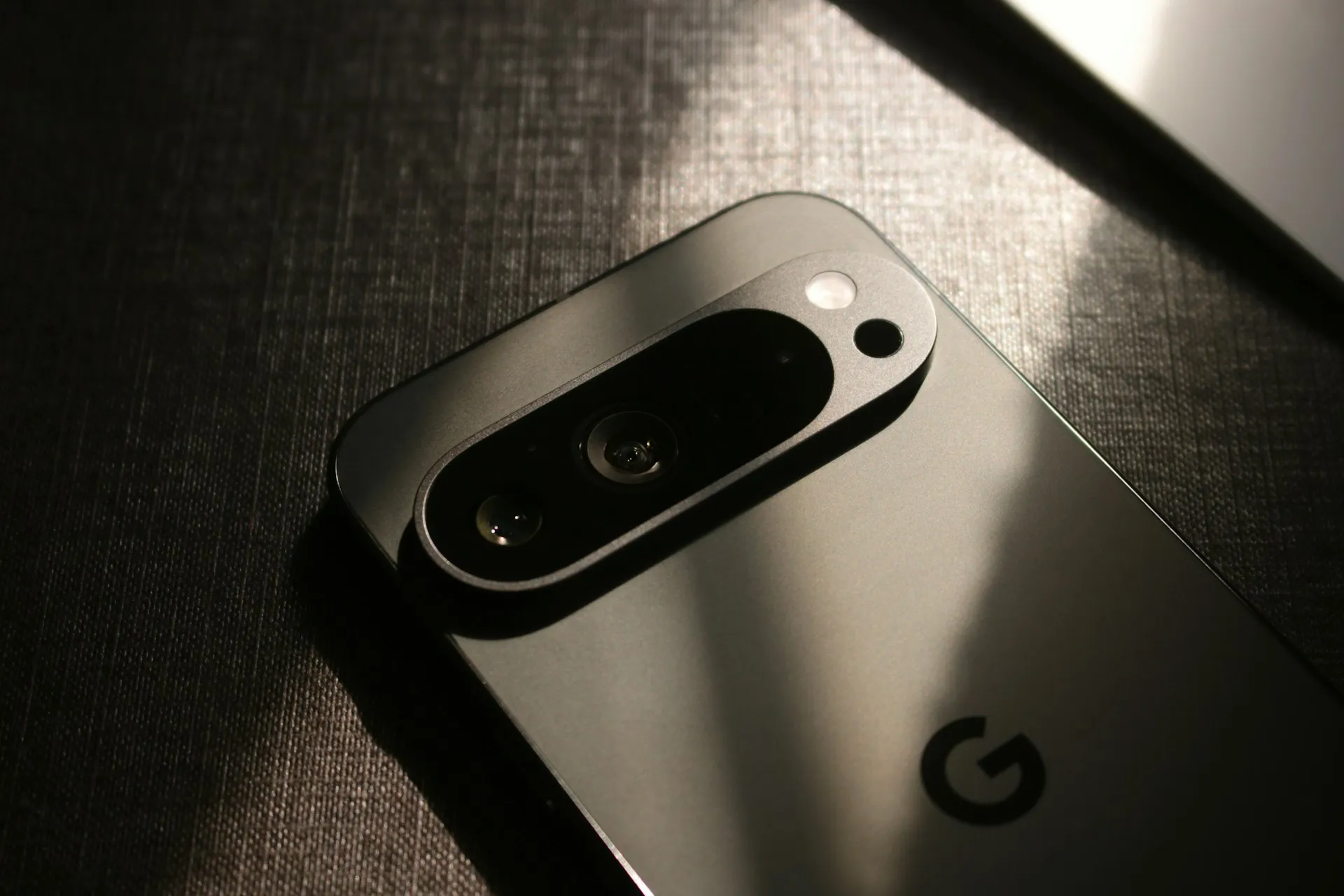
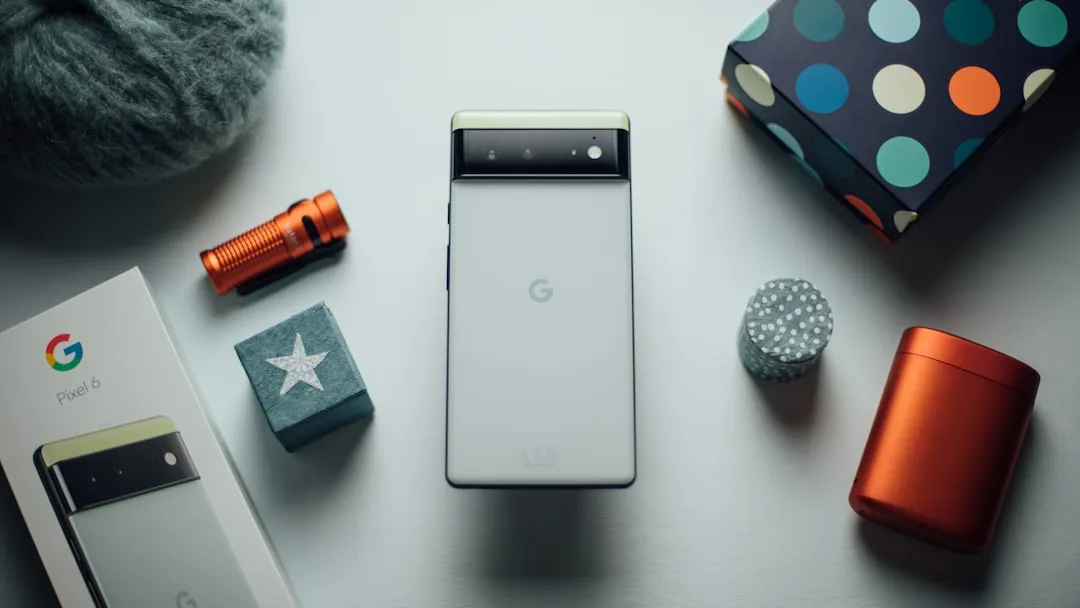
Comments
Be the first, drop a comment!